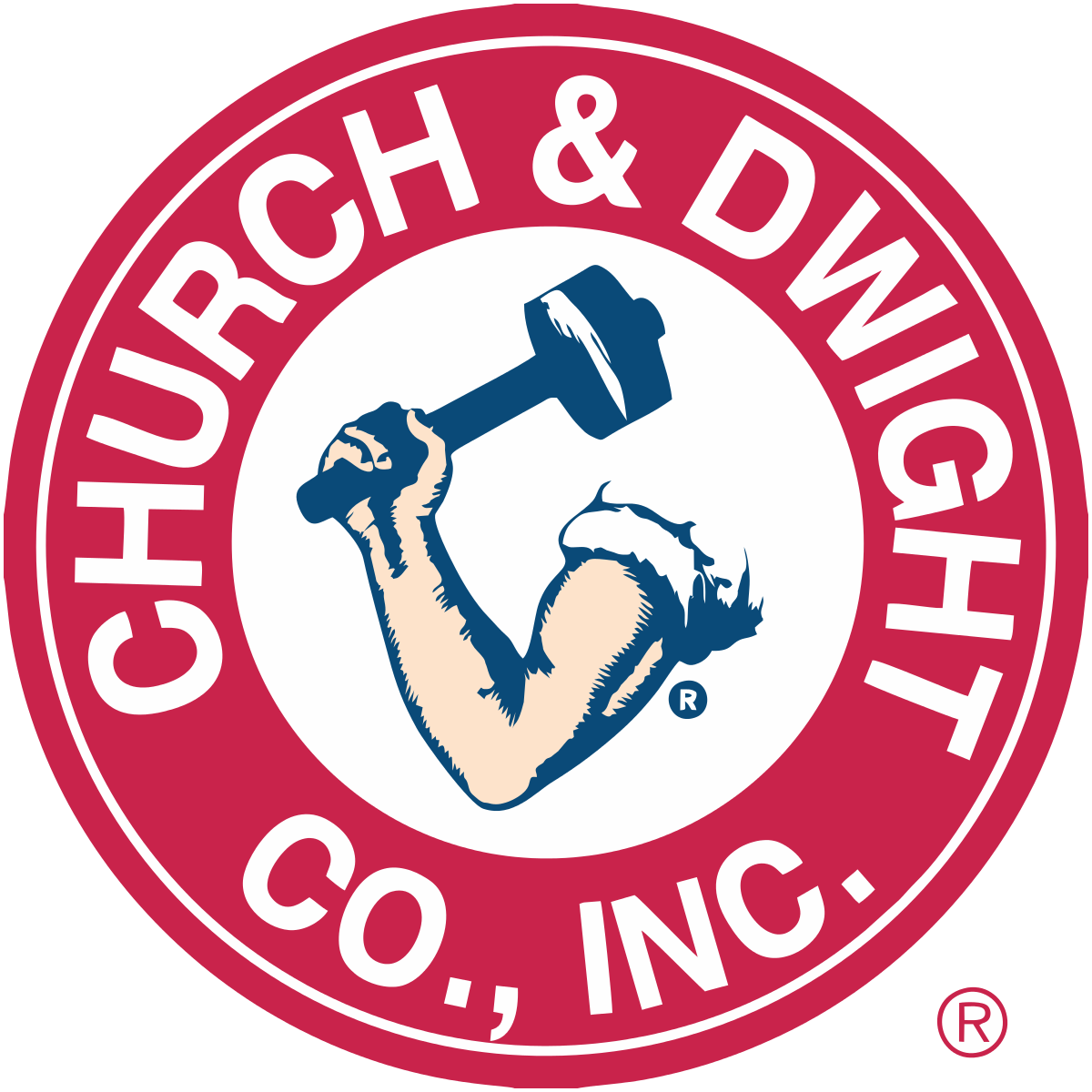
Church & Dwight Co., Inc. (NYSE:CHD) reported a third-quarter earnings per share (EPS) of $0.79, beating the estimated $0.68.
The company’s revenue reached approximately $1.51 billion, surpassing the forecasted $1.50 billion.
CHD’s financial health is highlighted by a debt-to-equity ratio of roughly 0.53 and a current ratio of approximately 1.62.
Church & Dwight Co., Inc. (NYSE:CHD) is a well-known consumer goods company that specializes in household and personal care products. The company is recognized for its strong brand portfolio, which includes Arm & Hammer, Trojan, and OxiClean. CHD competes with other major players in the consumer goods industry, such as Procter & Gamble and Colgate-Palmolive.
On November 1, 2024, CHD reported its third-quarter earnings, revealing an earnings per share (EPS) of $0.79, which exceeded the estimated $0.68. This performance also marked an improvement from the $0.74 EPS reported in the same quarter last year. The company’s revenue reached approximately $1.51 billion, surpassing the estimated $1.50 billion, as highlighted by Zacks Investment Research.
The impressive financial results are driven by strong consumer demand and the resilience of CHD’s brands. The successful launch of new products also contributed to the company’s growth. CHD’s ability to adapt and meet consumer needs has been a key factor in its recent financial performance, as discussed during the earnings conference call attended by analysts from major financial institutions.
CHD’s financial metrics provide further insight into its market position. The company has a price-to-earnings (P/E) ratio of approximately 46.60, indicating investor confidence in its earnings potential. The price-to-sales ratio stands at about 4.24, while the enterprise value to sales ratio is around 4.48, reflecting the company’s valuation relative to its sales.
The company’s financial health is supported by a debt-to-equity ratio of roughly 0.53, indicating a moderate level of debt. CHD’s current ratio of approximately 1.62 suggests a strong liquidity position, enabling it to cover short-term liabilities effectively. The enterprise value to operating cash flow ratio is about 24.65, providing insight into the company’s valuation compared to its cash flow from operations.

